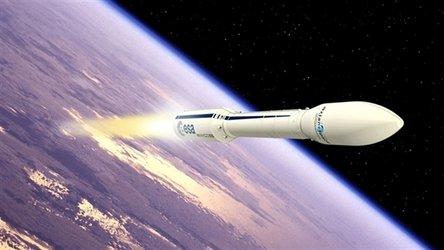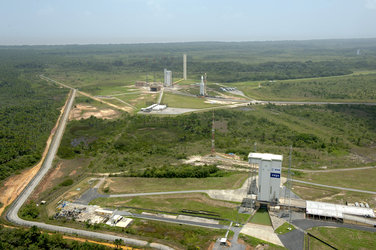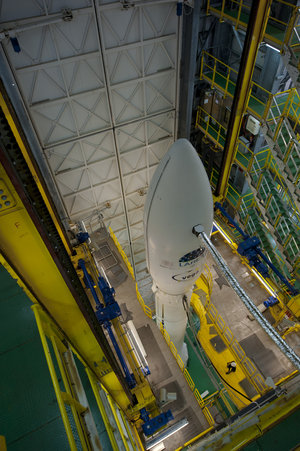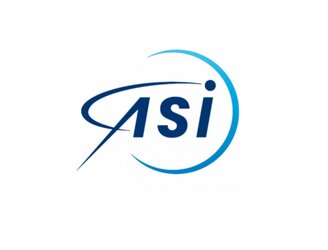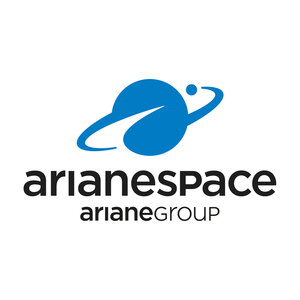Vega programme
The Vega programme has its origins back in the 1990s, when studies in several European countries investigated the possibility of complementing the performance range offered by the Ariane family of launchers with a capability for smaller payloads.
Background
Vega is a smaller launcher for placing 300 kg to 2000 kg satellites, economically, into the polar and low-Earth orbits used for many scientific and Earth observation missions.
The ASI Italian space agency and Italian industry developed concepts and began pre-development work based on their established knowhow in solid propulsion.
Vega officially became an ESA programme in June 1998, when the Agency Europeanised the national ASI small launcher programme – in the meantime called Vega, named after the second brightest star in the northern hemisphere.
A flexible mission
The programme's main objective is to provide Europe with a safe, reliable and competitive capacity to carry science and Earth observation satellites into orbit, while perfectly complementing the heavy Ariane 5 and medium Soyuz rockets launched from Europe’s Spaceport in French Guiana.
Vega is designed to cope with a wide range of missions and payload configurations in order to respond to different market opportunities and provide great flexibility. Unlike most small launchers, Vega can place multiple payloads into orbit. In particular, it offers configurations able to handle payloads ranging from a single satellite up to one main satellite plus six microsatellites.
Vega is compatible with payload masses ranging from 300 kg to 2500 kg, depending on the type and altitude of the orbit required by the customers. The benchmark is for 1500 kg into a 700 km-altitude polar orbit.















 Germany
Germany
 Austria
Austria
 Belgium
Belgium
 Denmark
Denmark
 Spain
Spain
 Estonia
Estonia
 Finland
Finland
 France
France
 Greece
Greece
 Hungary
Hungary
 Ireland
Ireland
 Italy
Italy
 Luxembourg
Luxembourg
 Norway
Norway
 The Netherlands
The Netherlands
 Poland
Poland
 Portugal
Portugal
 Czechia
Czechia
 Romania
Romania
 United Kingdom
United Kingdom
 Slovenia
Slovenia
 Sweden
Sweden
 Switzerland
Switzerland


























